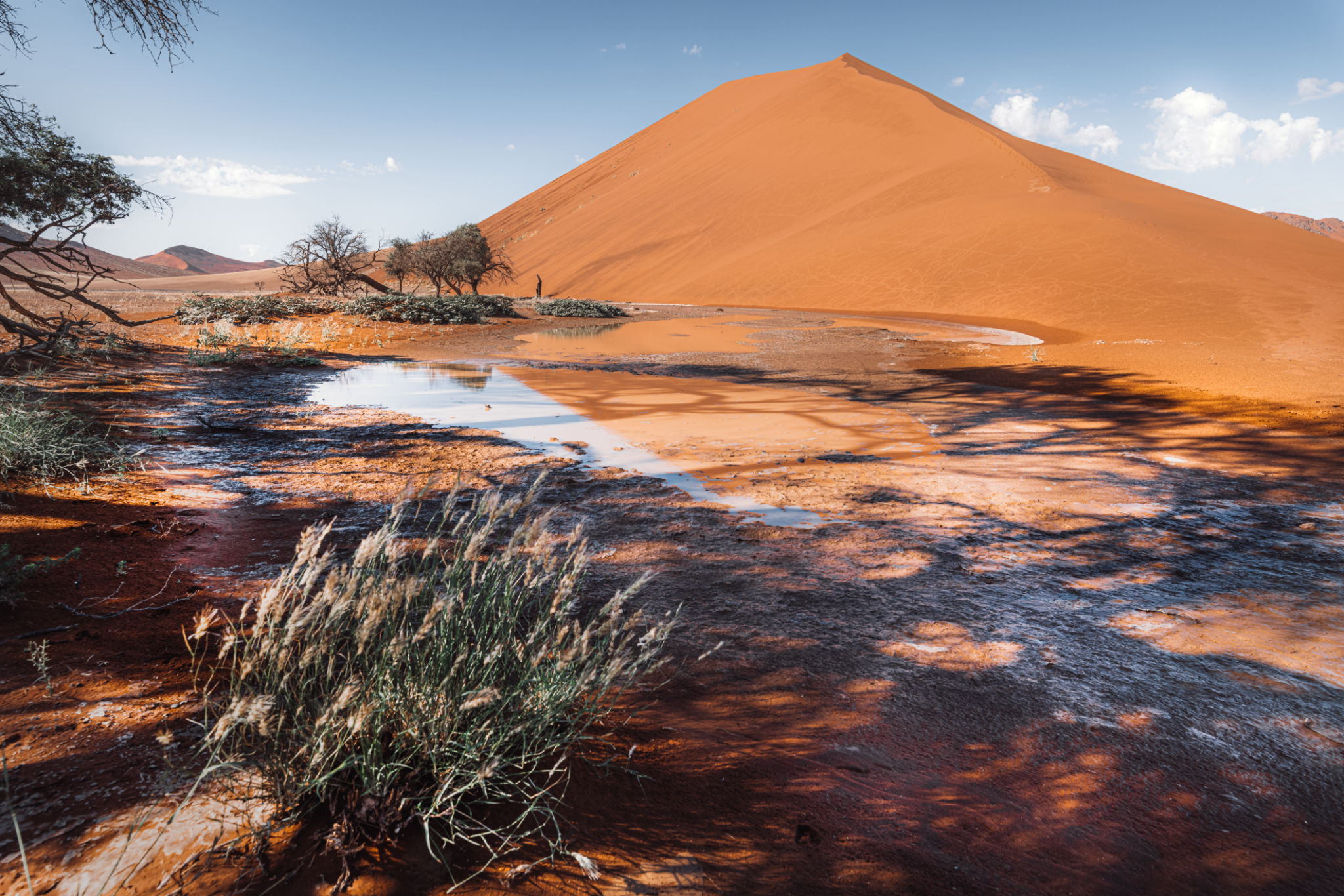Why Namibia's Climate Makes Water Divining Unique: A Local Perspective
The Enigmatic Climate of Namibia
Namibia, a country known for its vast deserts and rugged landscapes, offers a climate that is as challenging as it is fascinating. With its arid and semi-arid conditions, Namibia experiences long dry spells, making water an invaluable and often elusive resource. This distinctive climate has given rise to the ancient practice of water divining, a method that continues to capture the imagination of locals and visitors alike.

Understanding Water Divining
Water divining, also known as dowsing, is a technique used to locate underground water sources. Practitioners utilize tools like divining rods or pendulums, often relying on their intuition to guide them. In Namibia, this practice has been adapted to the local environmental conditions, where finding water can mean the difference between survival and hardship.
Despite advances in technology, water divining remains a popular method in rural areas of Namibia. Many locals trust in the skills and instincts passed down through generations, coupled with an intimate understanding of their land. This blend of tradition and necessity makes water divining in Namibia a unique cultural phenomenon.

The Role of Geology in Water Divining
Namibia's geology plays a crucial role in water divining. The country's landscape is characterized by rock formations, dry riverbeds, and subterranean aquifers. Understanding these geological features is vital for successful water divining. Experienced practitioners often possess a deep knowledge of the terrain, which helps them interpret subtle signs in the environment.
The geological diversity across different regions of Namibia also adds complexity to the practice. What works in the arid Namib Desert might not be suitable for the semi-arid savannas or the wetter Caprivi Strip. This adaptability further highlights the unique nature of water divining in Namibia.
Climate Challenges and Opportunities
The harsh climate of Namibia presents both challenges and opportunities for water divining. The scarcity of rainfall means that practitioners must be highly skilled to locate viable water sources. However, this scarcity also highlights the importance of preserving and managing water resources effectively.

On the flip side, Namibia's climate offers opportunities for innovation in water management practices. By combining traditional methods like water divining with modern technology, communities can develop sustainable solutions to address their water needs.
A Cultural and Practical Tradition
Water divining in Namibia is more than just a practical skill; it is a cultural tradition that connects people to their land and heritage. For many Namibians, it represents resilience and resourcefulness in the face of environmental challenges. The perseverance of this practice is a testament to the enduring bond between the people and their environment.
As climate change continues to impact weather patterns globally, understanding and utilizing traditional methods like water divining could become increasingly important. Namibia's unique approach offers valuable insights into how communities can adapt to changing climates while maintaining cultural practices.

Conclusion: Preserving a Unique Practice
In conclusion, Namibia's climate shapes a distinctive form of water divining that is both practical and culturally significant. As the world grapples with environmental changes, the lessons learned from Namibian communities can inspire broader efforts to find sustainable solutions to water scarcity.
By appreciating and preserving this unique practice, we can ensure that future generations benefit from the wisdom and skills honed over centuries in one of the world's most challenging climates.